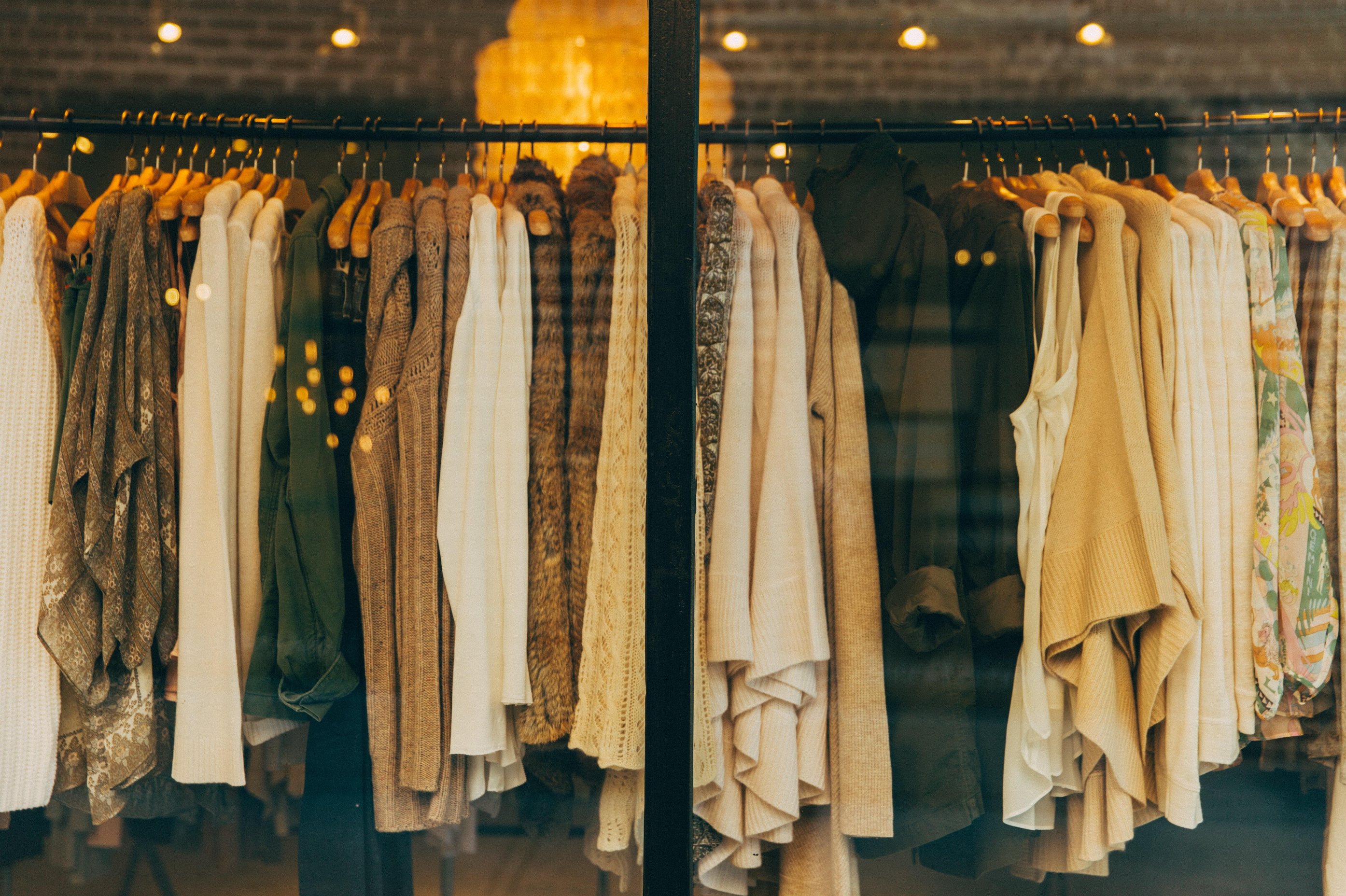How marketplaces are powering the circular economy

The world is starting to understand that it's unsustainable to use resources once and discard them. Yet only 8.6% of materials extracted from the earth end up returning to the economy for a second act.
That’s because most businesses are built on linear models: take, make, waste. Giving businesses and consumers the tools to adopt more “circular” practices—reducing, repairing, recycling—is no small task. But throughout the economy, forward-thinking creators and executives are doing exactly that.
One person's trash is another's treasure
The drive for sustainable business practices is creating unusual connections between industries as the waste from one becomes an input for another. Take Biasol, a food startup that makes breakfast and baking items and runs on Stripe. Its founders saw a hidden opportunity in the craft beer boom over the last ten years.
“Why do we need to import chia seeds? There’s lots of fiber and protein in brewers’ spent grain, literally the grain they throw out. We saw an opportunity to upcycle it and create really nutritious food. Launching the business on Stripe meant we got paid quickly, managed our cash flow, and made life easier for the whole supply chain,” said cofounder Ruairi Dooley.
Responsible fashion company RÆBURN—best known for turning military parachutes into garments—was built on a similar philosophy and has grown internationally with Stripe. Founder Christopher Raeburn focuses on reducing material inputs, remaking existing items, and recycling.
“You have to start simple and keep the things we already have in circulation,” said Raeburn. “We now have access to better recycled and regenerative materials, so the challenge is to find new waste streams and localize globally.”
Recycling waste materials and building sustainable supply chains at scale will require new financial and technological infrastructure. Where supply and demand are mismatched, online marketplaces are likely to play a vital role in connecting buyers and sellers, allowing sustainable sourcing models to emerge.
“Companies cannot succeed on their own—they need to band together to create a new fabric of interconnected value chains,” said Kristin Hughes, director of resource circularity at the World Economic Forum.
From owning to renting
As industry patterns change, consumer behavior is evolving toward more sustainable consumption models.
Sharing and renting are two thriving examples. Stripe saw a 550% increase in the money spent on renting clothing, equipment, and tools in the first three quarters of 2022 compared with the same period in 2019. The largest clothing rental markets—the US, UK, and Australia—grew 1,000%, 3,500%, and 5,000% respectively. Thousands of clothing rental businesses are running on Stripe in these markets, up from just a handful three years ago.
“It’s all about convenience and trust,” said Ola Lowden, founder of Omocom, which provides insurance for sharing economy and rental platforms. “People are becoming more open to renting out their stuff because platforms make it easy and help to manage the risk.”
With economic conditions worsening, renting and sharing are set to become even more attractive—both as an affordable alternative to buying and as a source of income.
“It’s no coincidence AirBnB was founded in 2008,” said Lowden. “In difficult economic conditions, people will have more incentive to rent items or monetize the valuable things they own.”
Closing the loop
Stripe users include circular-native brands like Depop, Vinted, and Fat Llama, as well as established brands like Zara and H&M, which are evolving from linear models to more circular systems.
“The old model doesn’t give brands a way to grow without commensurate growth in emissions. We help create new business models where brands can resell something multiple times and get more value out of every item they make,” explained Andy Ruben, founder of Trove, which uses Stripe to build resale platforms for Patagonia, Lululemon, and others.
URBN, which owns brands like Urban Outfitters and Anthropologie, launched its circular fashion platform, Nuuly, in 2019. Nuuly combines a rental platform, which stocks 300 different brands, with a peer-to-peer resale marketplace powered by Stripe that extends the life cycle of garments beyond rental.
“Most consumers and companies want to do what’s right for the environment. The tricky thing is to find a circular business model that’s financially viable. We saw that apparel rental would become a bigger part of consumption, and then we doubled Nuuly’s potential by launching a resale marketplace built on Stripe,” said Dave Hayne, chief technology officer at URBN.
Consumers are not the only ones unlocking value from used items. In the automotive industry, mechanics need a growing list of expensive, specialized equipment to complete complex repairs. To help repair shops limit costs and operate more sustainably, Toyota recently launched a platform called Mechacomi, which allows used equipment to be traded rather than gather dust.
Reasons for optimism
Circular practices are good for the economy as well as the planet—and businesses and consumers are taking note. The World Economic Forum calculates that the transition to more sustainable models could generate $4.5 trillion of additional economic output by 2030. But realizing that potential will require wholesale changes to the way we produce and consume.
“A truly circular economy will be one where nothing gets thrown away and existing materials flow across industries with next to no waste,” said Hughes. “But without a coordinated approach, our circularity ambitions will far outstrip the market’s capacity to keep up.”
Related: How Carousell worked with Stripe to become the first choice in the second-hand economy and How Refurbed scaled with Stripe.

